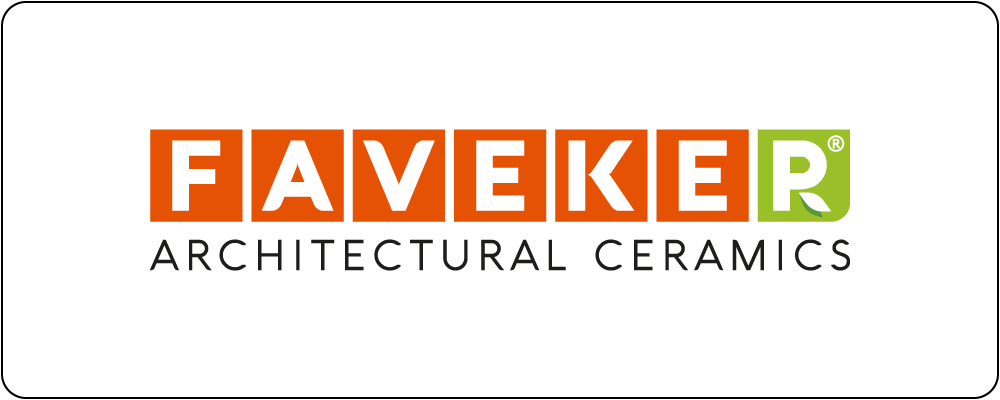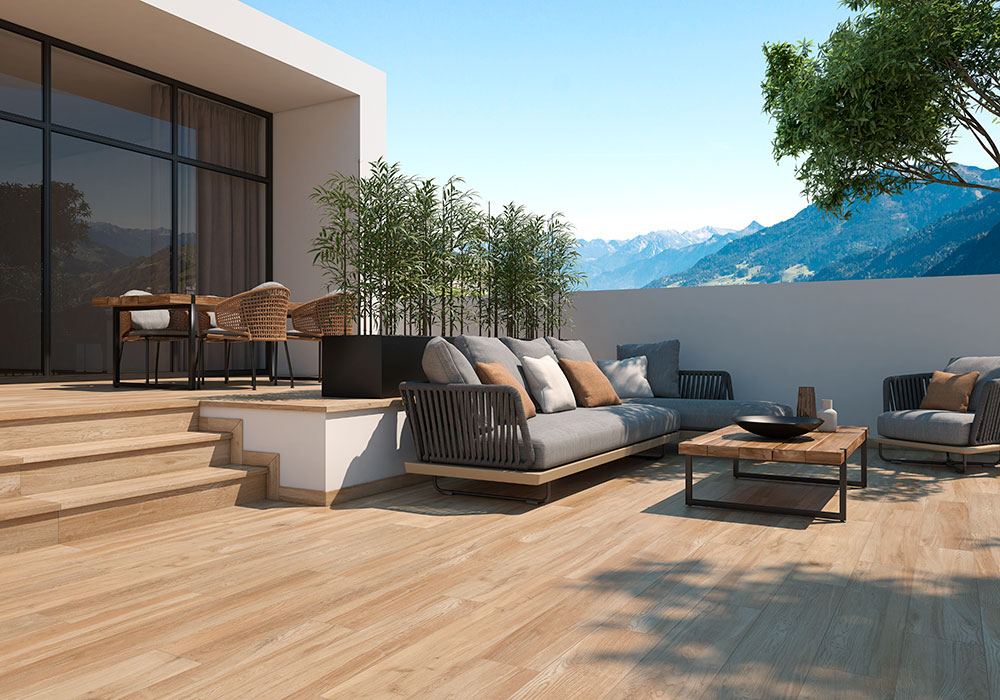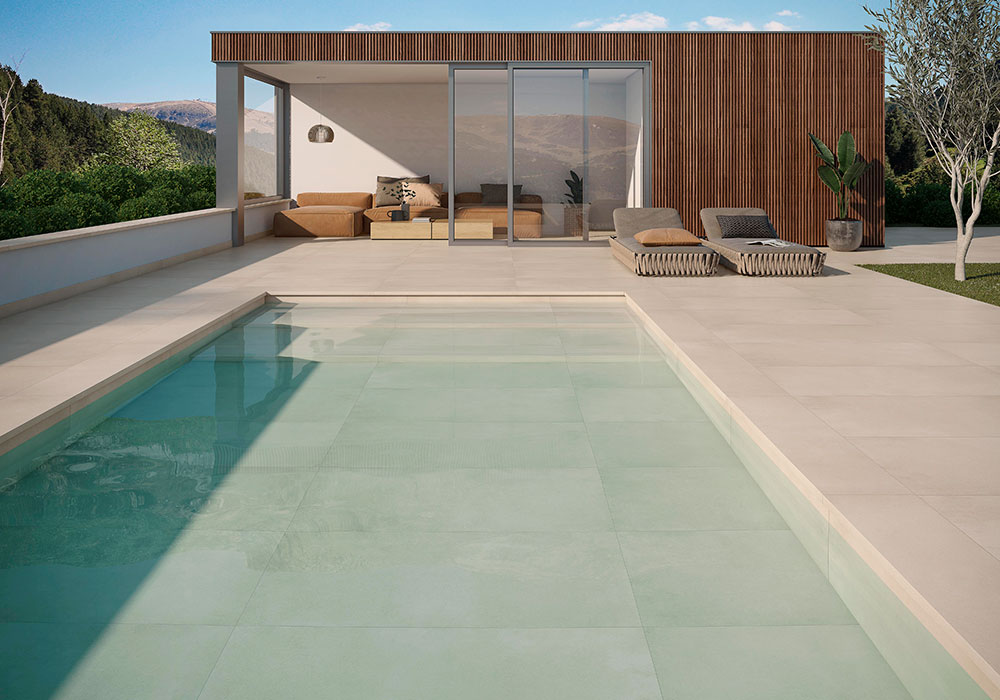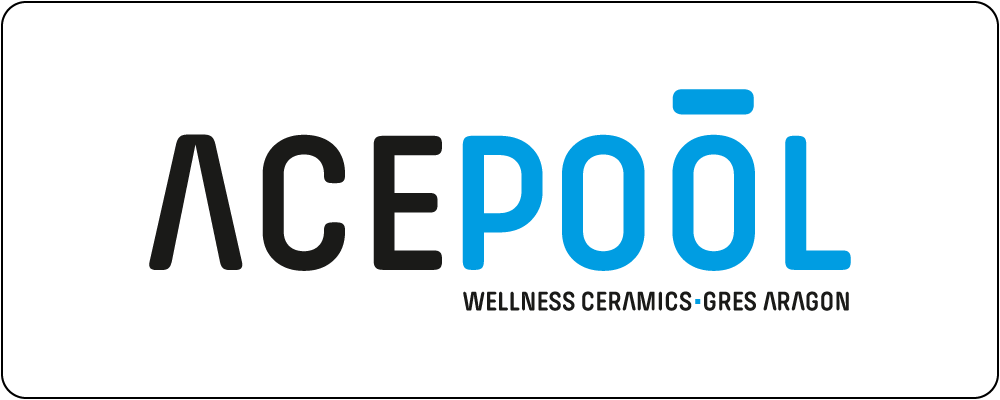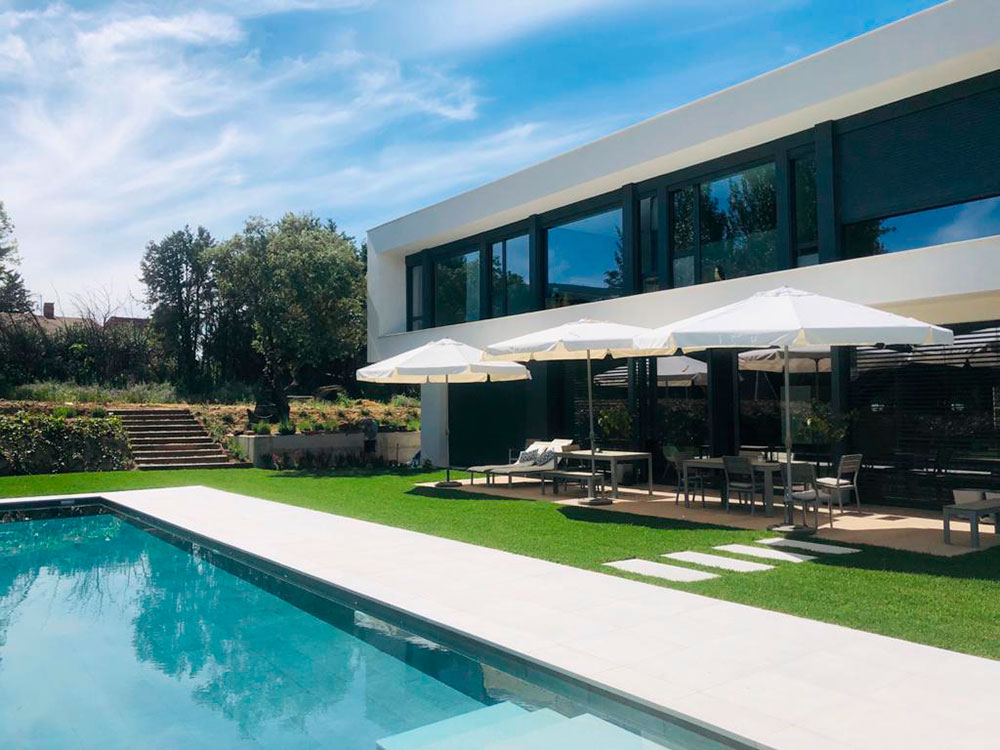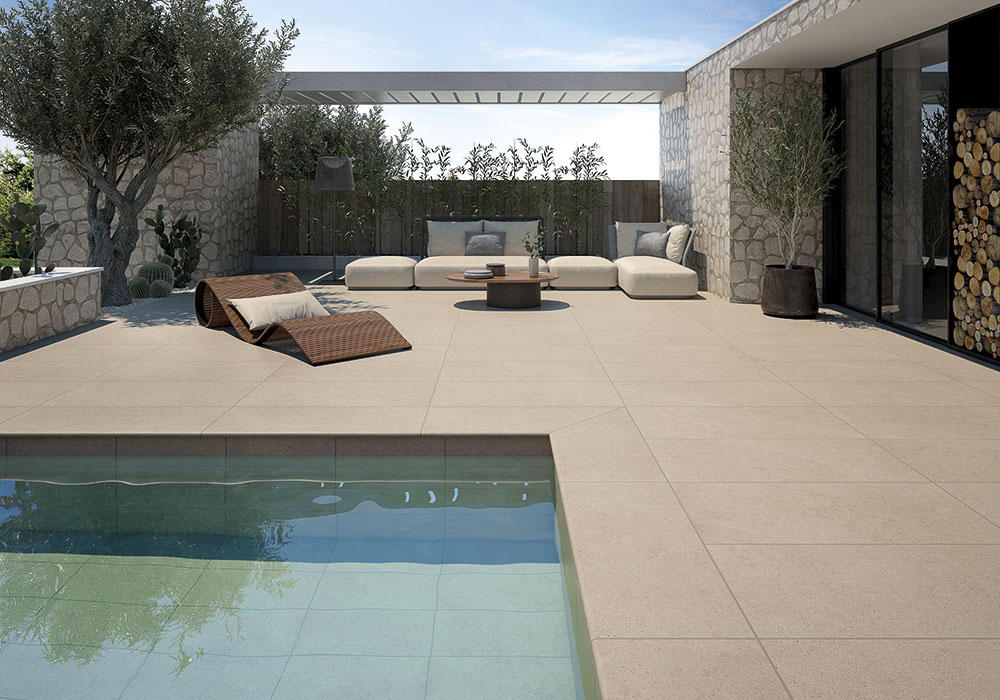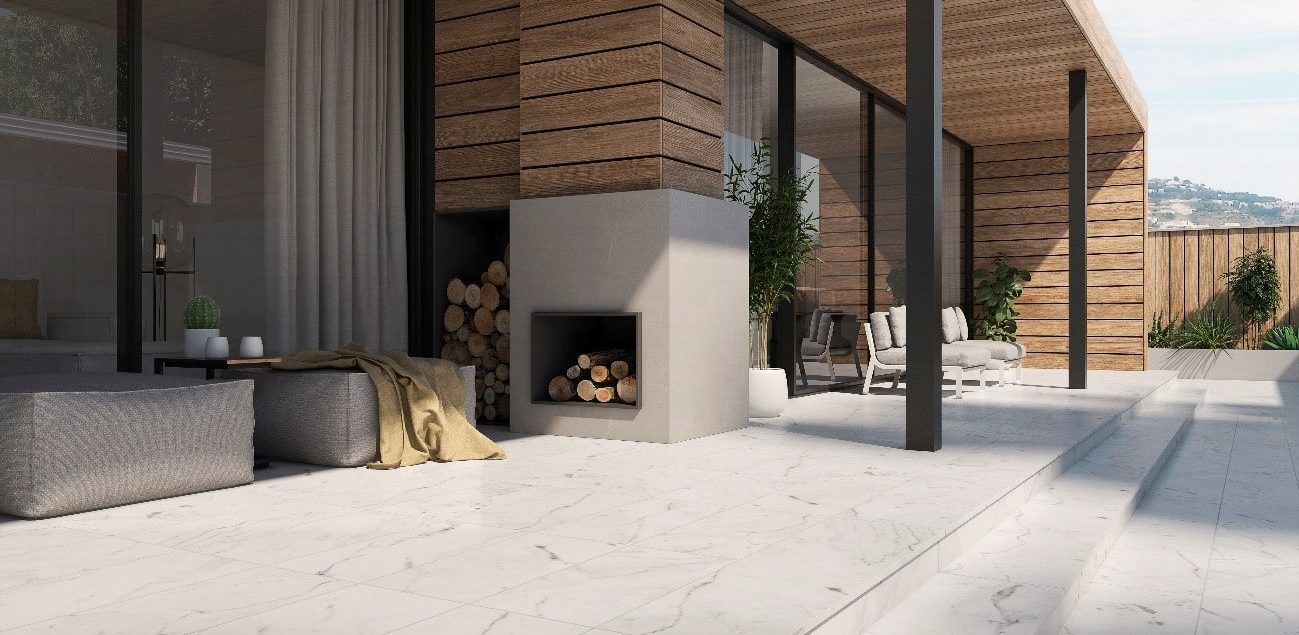WHY CHOOSE PORCELAIN CERAMIC?
EVERYTHING YOU NEED TO KNOW ABOUT PORCELAIN STONEWARE
Choosing the flooring for our home is a difficult decision, often filled with doubts about which material to choose for the perfect outcome. Different formats, styles, and colors convey various sensations and create diverse environments. When it comes to flooring materials, we have several options: wood, marble, cement… and of course, ceramic flooring. One of the most popular types of ceramic in recent years is PORCELAIN STONEWARE.
WHAT IS PORCELAIN STONEWARE?
Porcelain stoneware is the result of processing a range of raw materials, primarily selected clays, through firing processes (with temperatures reaching up to 1200 ºC) to achieve a compact paste. This manufacturing process allows porcelain stoneware to have the following performance characteristics.
WHAT CHARACTERISTICS DOES PORCELAIN STONEWARE HAVE?
Porcelain flooring, formed from a mixture of clays with fluxes, has a key feature compared to other materials: water absorption (a parameter classified under EN ISO standards). Porcelain ceramic tiles have minimum water absorption values, specifically E≤0.5%. This means the maximum amount of water the tile can absorb is 0.5% of its weight, making it highly suitable for use in pool projects and aquatic areas.
The manufacturing method of the tiles (both by extrusion and by dry pressing) classifies the slabs into groups AIa or Bia, respectively.
The composition and manufacturing process allow porcelain stoneware to be produced in larger formats (up to 180 cm in the case of Gres Aragón and Faveker) and with smaller joint placements (3 mm for bases and 6 mm for special pieces in the case of flooring), as its low absorption means the material does not expand as much, allowing it to maintain its size for a longer period.
Many people look for flooring that is both aesthetic and easy to clean, and porcelain stoneware meets these demands very well. Its absorption capacity is not limited to moisture; it also addresses other substances like oil and other liquids, making cleaning and maintenance easier.
On the other hand, at Gres Aragón, we have Bioklinker technology, compliant with ISO 22196:2011, which gives our range of porcelain stoneware an antibacterial efficiency rating of R>2, equivalent to a 99% reduction in bacteria. This is a timeless technology that works both day and night without the need for any external agents.
We also have another important technology, Klinkjet, based on the digital printing of tiles, capable of mimicking different materials. Digital injection can replicate wood, cement, or marble imitations, among others, on porcelain stoneware.
What uses does porcelain stoneware have?
As we have seen, the characteristics mentioned above make ceramic stoneware a perfect material for the flooring of pool areas and outdoor spaces. Through special pieces, its use can be extended to interior spaces, giving continuity to your projects.
In FAVEKER, a subsidiary of Gres Aragón, we take a step further by using this porcelain material for cladding building exteriors and other projects. Its performance makes it an ideal material for the projection of ventilated façades, resulting in buildings with greater thermal insulation, thanks to the use of a material that is extremely durable yet lightweight. It is also a sustainable material in terms of its production and use.
Thus, we see that porcelain stoneware is very suitable for various types of projects, but the material is just as important as its installation. This is how we can achieve attractive results. Therefore, to help you, here you will find a post on how to install the tiles for a perfect style.
WHAT COLORS CAN BE REPRESENTED WITH PORCELAIN STONEWARE?
The last thing you need to know about this material is which collections can be found and what environments they can represent
At Gres Aragón, we have various porcelain collections with different color palettes to fit your ideal projects. In the different categories, we find:
Wood-Look Flooring
These ceramic floors replicate the texture and warmth of wood while maintaining the performance of porcelain stoneware. In the Gres Aragón catalog, you can find the Ordesa collections (Gray, Beige, Natural, and Brown) and Rodeno (Walnut and Oak), showcasing different shades and intensities of wood in its natural state.

Marble effect floors
The Marble series perfectly embodies this style, originating from ancient Greece and still prevalent today. Its Carrara and Travertino colors create high-quality spaces with finishes of great resistance.

Stone effect floors
Stone is also a popular choice for many. Digital printing allows it to be represented through the Nador, Petra (Ochre, Beige, and Gray), Ocean (Blue Bali, Coral Bay, Green River, Pearl), Tibet (Blanco, Gris, Beige, and Antracita), and Itaca (Gris and Mix) collections. The diversity of colors and styles makes it perfect for any space, from more private areas to public ones.
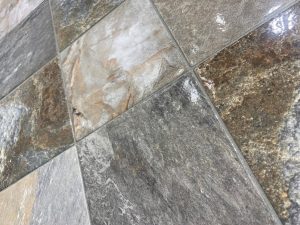
Cement effect floors
The Urban series reproduces a style based on cement, featuring a high-quality industrial appearance. Its characteristics include resistance, durability, and sustainability, with a wide range of shades such as Blanco, Gris, Beige, Caoba, and Grafito.
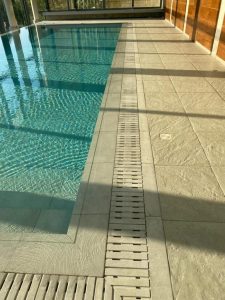
If you want to know the latest information about ceramics, visit the ceramic tiles and flooring portal of Spain www.tileofspain.com, of the association ASCER from which Gres Aragón/Faveker is part of
We hope this post has been helpful to you!
Don’t hesitate to visit the Gres Aragón catalog to see all the collections and contact us with any questions.
